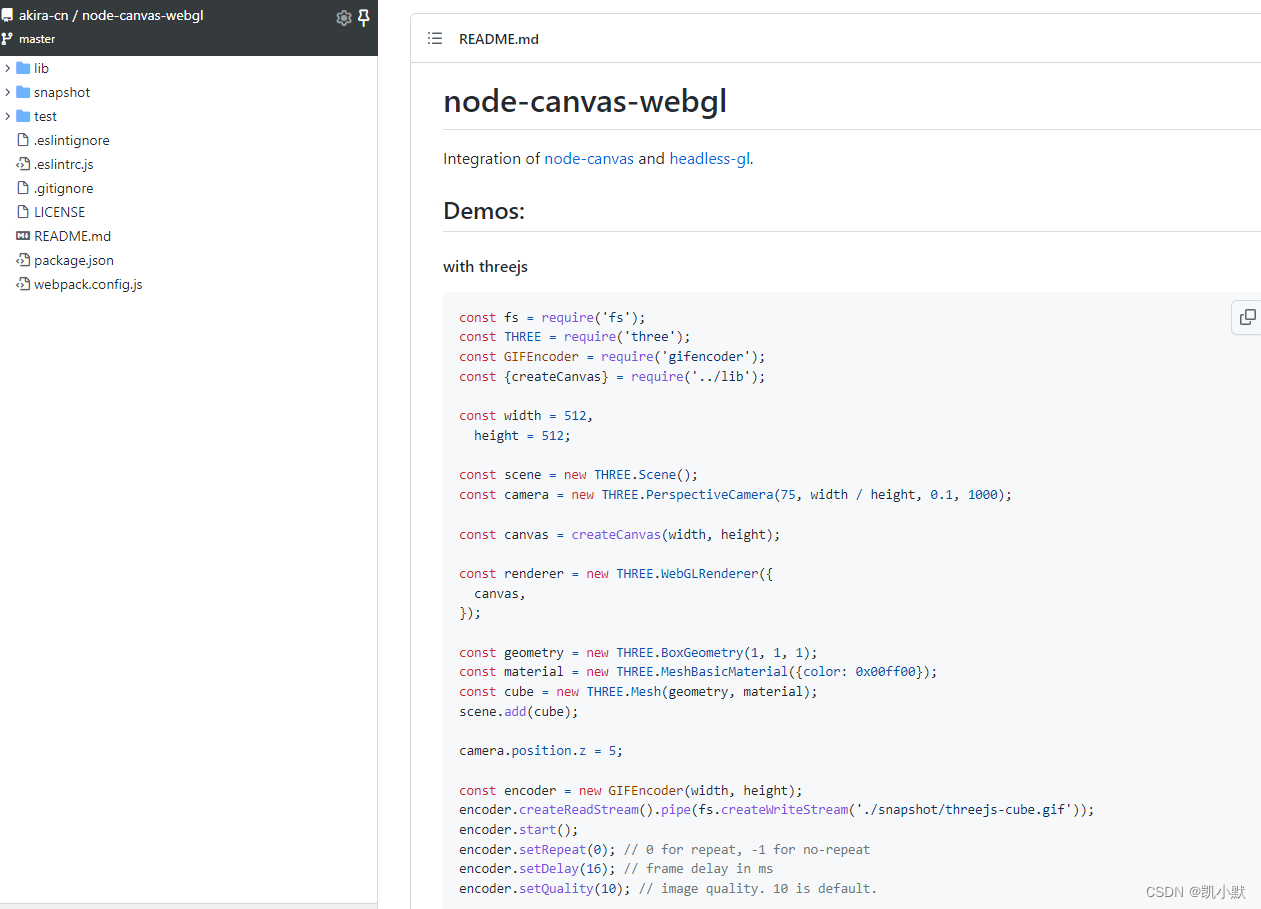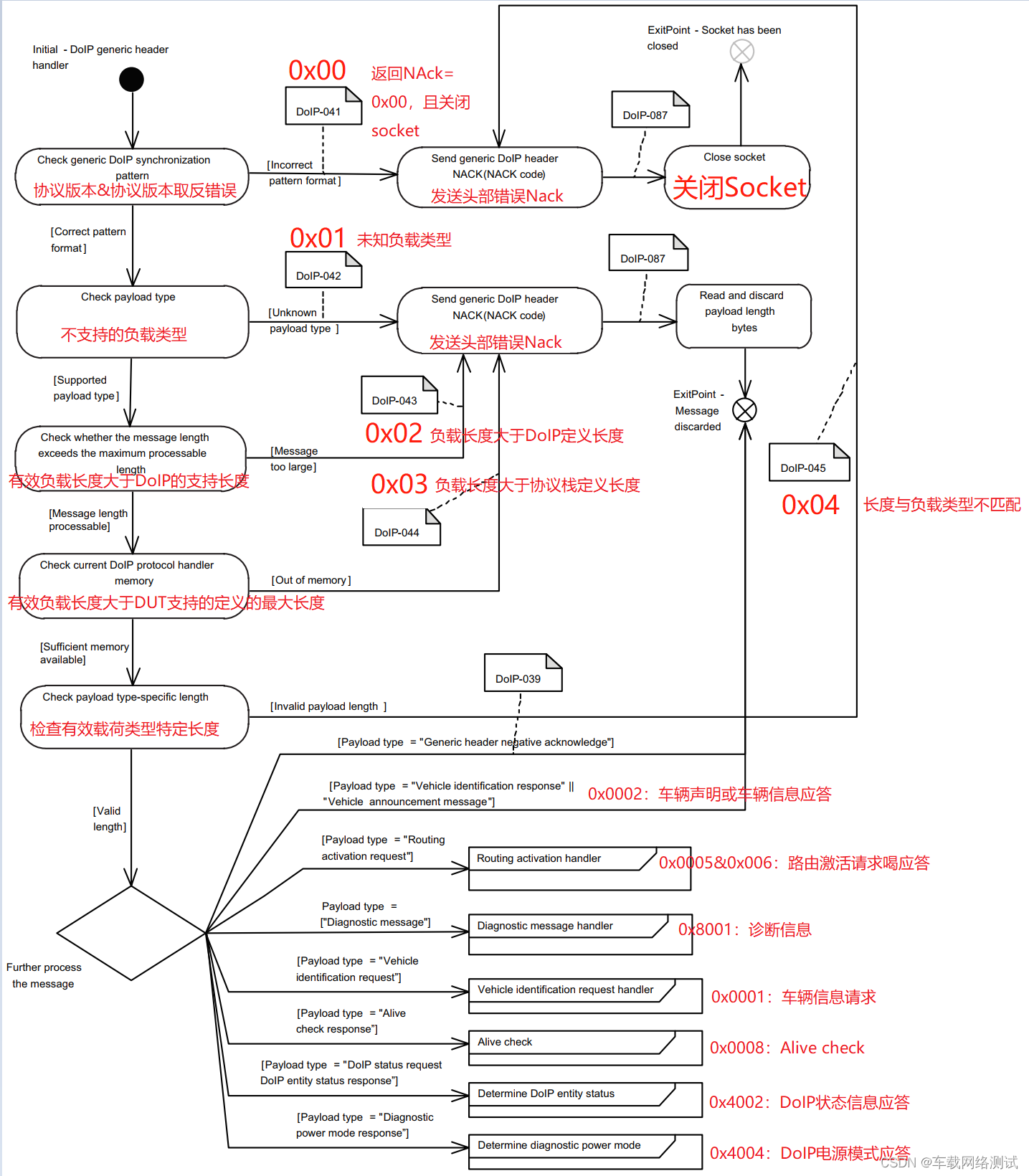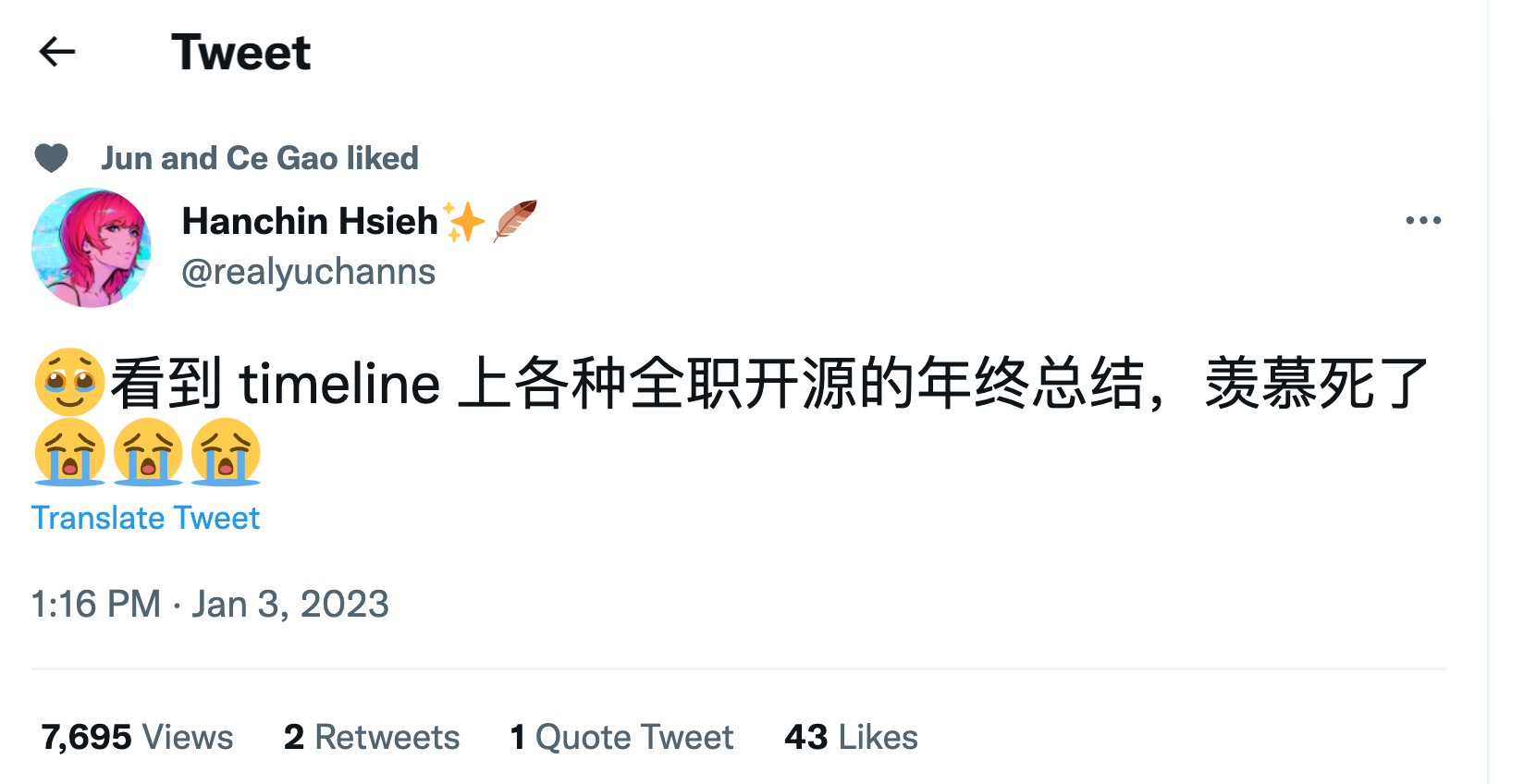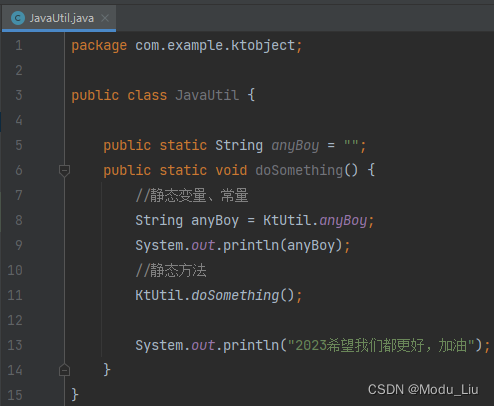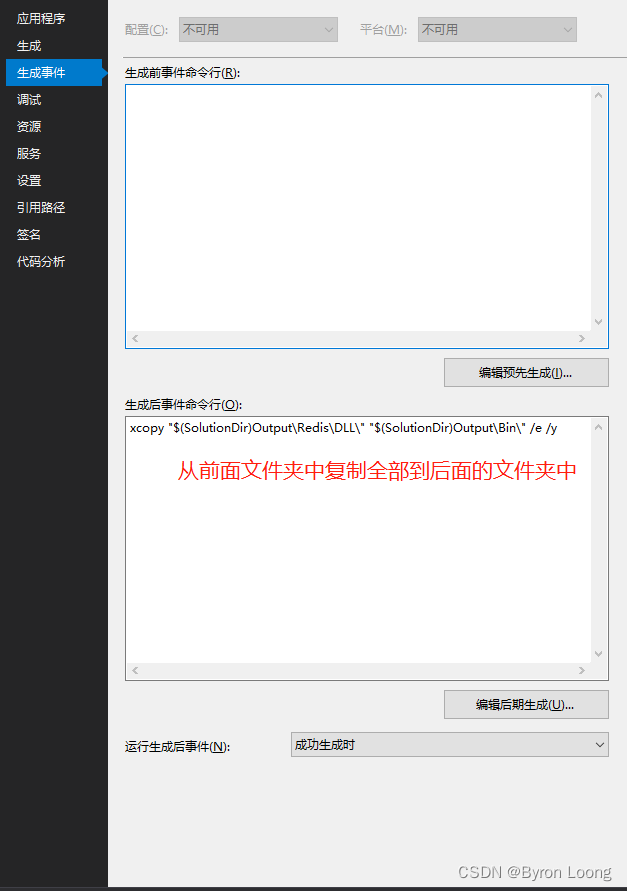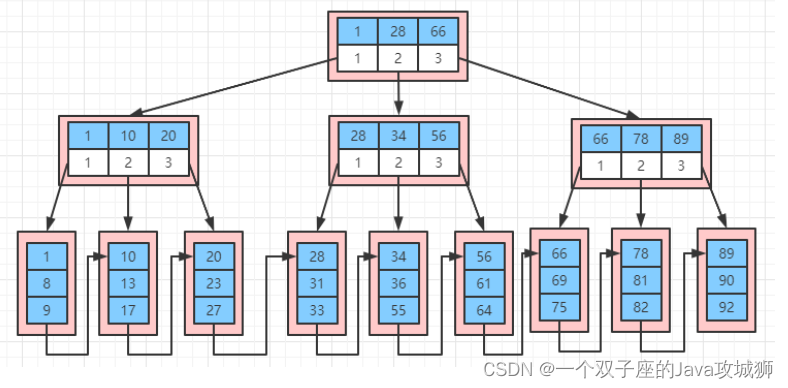一,栈
1.1 栈的概念
栈是一种线性表(是一种特殊的线性表),栈只允许在固定一端进行插入和删除元素。插入元素的一端称为栈顶,另一端称为栈底。所以栈中的数据元素满足先进后出(First In Last Out)的原则。

1.2 栈的操作
压栈(push):栈中插入操作叫做压栈/入栈,在栈顶插入元素
出栈(pop):栈中删除操作叫做出栈,在栈顶删除元素
读取栈顶元素(peek):读取栈顶的元素,但是不弹出该元素
获取栈中元素个数(size):获取栈的元素个数
判断栈为空(empty):判断栈是否为空,返回true/false
1.3 栈的模拟实现
假设栈的底层实现逻辑是一个顺序表
代码如下:
import java.util.Arrays;
public class MyStack {
public int[] elem;//定义一个数组用来存储栈内的元素
public int usedSize;//用来记录栈内的元素个数
public static final int DEFAULT_SIZE = 10;
public MyStack() {
this.elem = new int[DEFAULT_SIZE];
}
//push操作
public void push(int val) {
//需要判断栈是否满了
if (isFull()) {
this.elem = Arrays.copyOf(this.elem, 2 * this.elem.length);
}
this.elem[this.usedSize] = val;
this.usedSize++;
}
private boolean isFull() {
return this.usedSize == this.elem.length;
}
//pop操作
public int pop() {
//判断栈是否为空
if (empty()) {
return -1;//假设栈为空返回-1,也可以抛异常
}
int ret = this.elem[this.usedSize - 1];
this.usedSize--;
return ret;
}
//empty操作
public boolean empty() {
return this.usedSize == 0;
}
//peek操作
public int peek() {
//判断栈是否为空
if (empty()) {
return -1;//假设栈为空返回-1,也可以抛异常
}
return this.elem[this.usedSize - 1];
}
//size操作
public int size() {
return this.usedSize;
}
}
1.4 栈的应用场景
- 判断出入栈序列是否匹配
示例:若进栈序列为 1,2,3,4 ,进栈过程中可以出栈,则下列不可能的一个出栈序列是(C)
A: 1,4,3,2 B: 2,3,4,1 C: 3,1,4,2 D: 3,4,2,1
注意:做这种题时只需要对每一种出入栈序列进行手动模拟一遍即可!
- 将递归转化为循环
递归的优点:递归的代码简洁
循环的优点:代码的效率更高
示例:逆序打印链表
import java.util.Stack;
public class displayList {
//递归的方式逆序打印链表
public void display1() {
if(head != null){
printList(head.next);//递归函数
System.out.print(head.val + " ");
}
}
public void printList(ListNode cur){
if(cur == null){
return;
}
//循环的方式逆序打印链表
public void display2() {
//创建一个栈按照链表的顺序从头到尾将每一个节点压入栈中
Stack<ListNode> stack = new Stack<ListNode>();
ListNode cur = head;
//入栈
while(cur != null) {
stack.push(cur);
cur = cur.next;
}
//出栈
while(!stack.empty()) {
System.out.print(cur.val + " ");
}
System.out.println();
}
}
3. 括号匹配
20. 有效的括号 - 力扣(LeetCode)
4. 逆波兰表达式求值
150. 逆波兰表达式求值 - 力扣(LeetCode)
5. 出栈入栈次序匹配
栈的压入、弹出序列_牛客题霸_牛客网 (nowcoder.com)
这里的3 4 5后续都将以OJ的形式进行讲解!!!
二,队列
2.1 队列的概念
队列也是一种线性表(也是一种特殊的线性表),只允许在一端进行插入数据,在另一端进行删除操作。插入元素的一端叫队尾,删除元素的一端叫队头。所以队列中的数据元素满足先进先出(First In First Out)的原则。

2.2 队列的操作
入队(offer):队中插入元素的操作叫入队,在队尾进行插入
出队(poll):队中删除元素的操作叫出队,在队头进行删除
读取队头元素(peek):读取队头的元素,但是不弹出该元素
读取队中的元素个数(size):获取栈的元素个数
判断队列是否为空(isEmpty):判断栈是否为空,返回true/false
2.3 队列的模拟实现

Queue是一个接口,底层是通过链表来实现的(在实例化时必须实例化LinkedList)
public class MyQueue {
static class ListNode {
public int val;
public ListNode prev;
public ListNode next;
public ListNode(int val) {
this.val = val;
}
}
ListNode head;
ListNode tail;
public int usedSize;
//offer操作
public void offer(int val) {
ListNode node = new ListNode(val);
if (this.head == null) {
this.head = node;
this.tail = node;
} else {
this.tail.next = node;
this.tail = node;
}
this.usedSize++;
}
//poll操作
public int poll() {
if (isEmpty()) {
return -1;//假设队列为空时返回-1,也可以抛异常
}
int ret = this.head.val;
this.head = this.head.next;
if (this.head == null) {
this.tail = null;
}
this.usedSize--;
return ret;
}
//peek操作
public int peek() {
if (isEmpty()) {
return -1;//假设队列为空时返回-1,也可以抛异常
}
int ret = this.head.val;
return ret;
}
//empty操作
public boolean isEmpty() {
return this.usedSize == 0;
}
//size操作
public int size() {
return this.usedSize;
}
}
2.4 循环队列
环形队列通常使用数组实现,通常保留一个位置来区分空与满
判空:Q.rear == Q.front
判满:(Q.rear+1) % array.length == Q.front
2.5 队列OJ题
1. 用队列实现栈
225. 用队列实现栈 - 力扣(LeetCode)
2. 用栈实现队列
232. 用栈实现队列 - 力扣(LeetCode)
